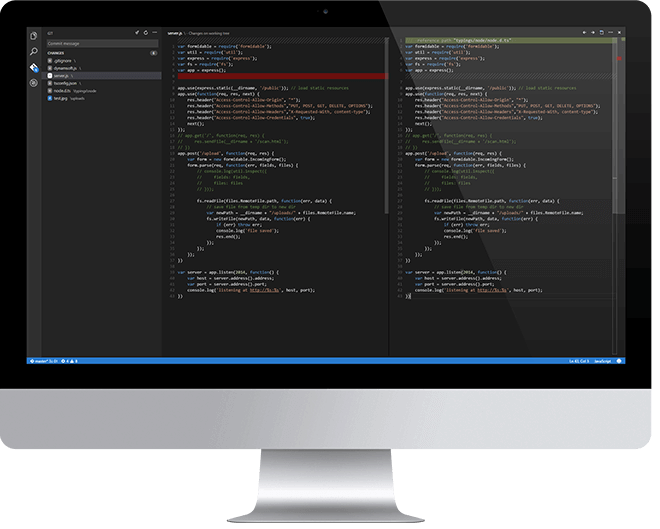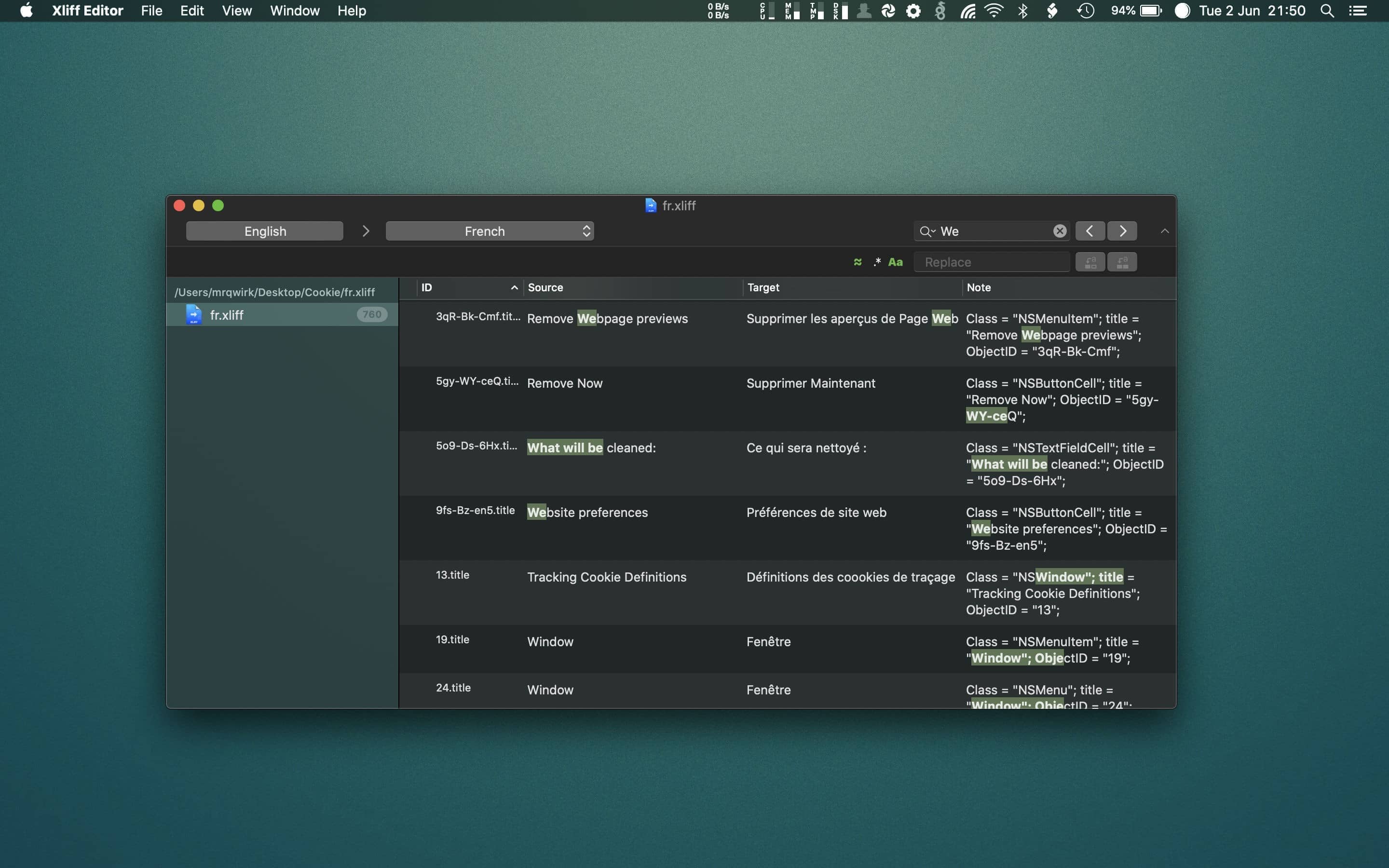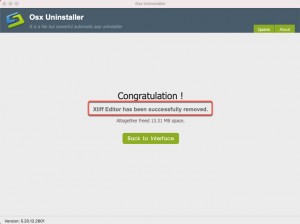

Copy the default language audio file to the project. Prepare or download the default language and the localized audio file. In the fr.lproj folder, replace the existing image with the new localized one. At this stage both folders hold the same image.

The en.lproj folder corresponds to resource files for the English localization, and the fr.lrpoj to the files for the French localization. One is en.lproj, and at least one other will correspond to the localization language: for example, for French, you will see the fr.lproj folder. In the project directory (use the finder), there should be two or more. Prepare or download the foreign language version of the image. Click on the button marked “Localize” and select “English” (assuming this is your default language), then click Localize.

Then in the right pane, open the File Inspector. To localize “Localizable.strings”, select this file using the left pane.The text of the label at the top of the screen is set in Main.storyboard, without the possibility to set this text programmatically (there is no IBOutlet.) To localize such storyboard elements without additional code, open the disclosure triangle to the left of Main.storyboard to see Main.storyboard (Base) and Main.storyboard (Language to localize into.).Strings in Main.storyboard and ViewController.m that are to be localized must be put in a separate file, where they can be referenced (for different language versions.).
#XLIFF EDITOR MAC 2016 CODE#
Your code can simply use a method call to look up and retrieve the string required, according to the current language being used in the iOS device. For each language for localization of your app, Xcode stores strings used in your app in a “.strings” file.


 0 kommentar(er)
0 kommentar(er)
